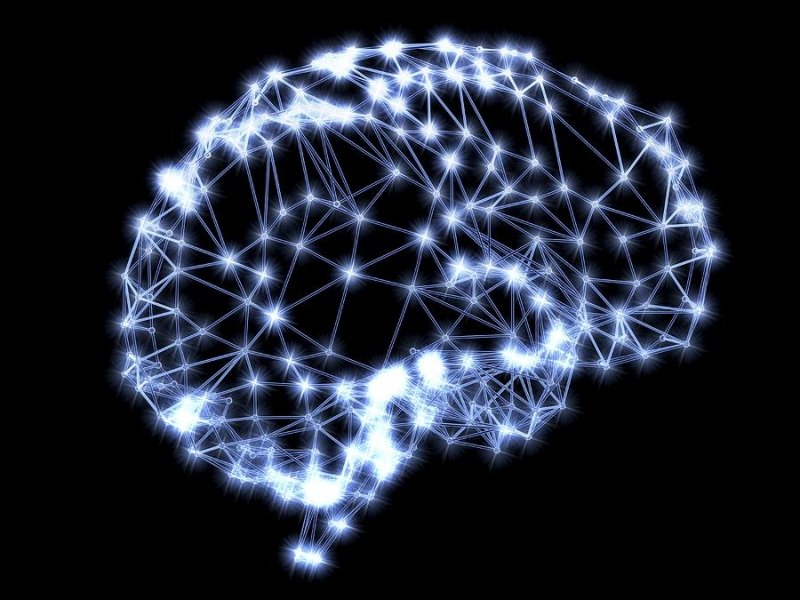As a posture teacher, I am very aware of my students’ tendencies to forget the finer points of the Gokhale Method. The longer students wait between classes or refreshers, the more they’ve forgotten. Although there’s always room to improve our teaching methods, forgetting is and will always be a natural phenomenon that accompanies any kind of memory acquisition.
According to nineteenth century psychologist Hermann Ebbinghaus and his theory of the Forgetting Curve, people have a steady rate at which they forget material over time. After learning new material, we forget the majority of what we have learned within 24 hours; we forget even more in the following days.
... Read more





